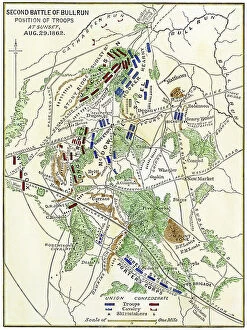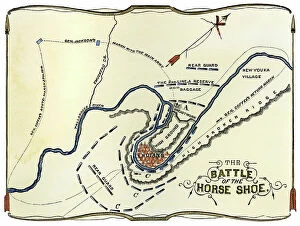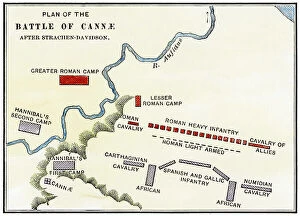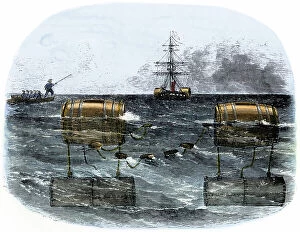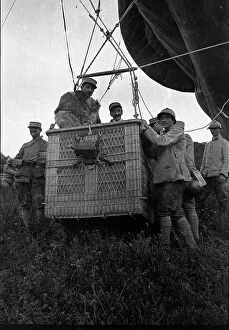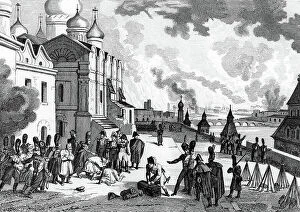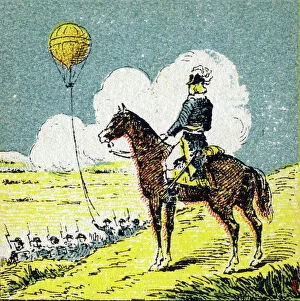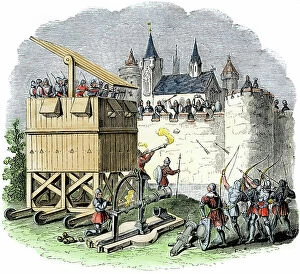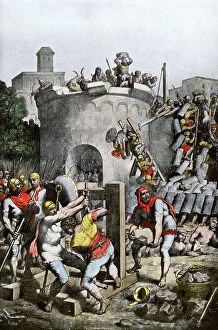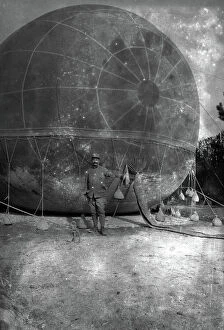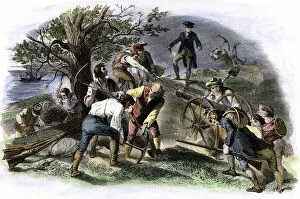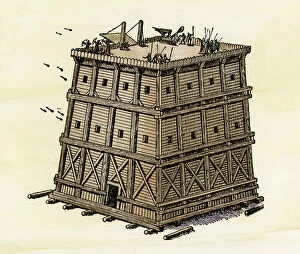Combat Strategy Collection
"Unveiling the Art of Combat Strategy: From Ancient Battles to Modern Warfare" In the annals of history
All Professionally Made to Order for Quick Shipping
"Unveiling the Art of Combat Strategy: From Ancient Battles to Modern Warfare" In the annals of history, it has played a pivotal role in shaping the outcomes of countless conflicts. From epic tales like "The Fall of Nelson" during the Battle of Trafalgar in 1805 to the harrowing battles fought during World War I, these moments have showcased the brilliance and ingenuity behind military tactics. One can't help but be captivated by historical tapestries depicting events such as "Ambusch" in 1696 or "The Destruction of Troy" around 1470. These vivid illustrations transport us back to an era where cunning disguises, like Gustav Eriksson's escape from Denmark disguised as a bullocky or King Alfred the Great masquerading as a musician, were employed to gain crucial advantages. Throughout time, various strategies have emerged. The Gauls under Vercingetorix implemented scorched earth policy during Gallic wars (58-52 BC), ravaging enemy territories for tactical advantage. Even animals were trained for warfare; German wardogs dressed in French army uniforms attacked cyclists while Roman armies laid siege on cities like Reggio with meticulous precision. Fast forward to more recent times, maneuvering became paramount even for specialized units like cyclists supporting cavalry during maneuvers in northern France (1897). These examples demonstrate that combat strategy is not limited to specific eras but continues evolving alongside advancements in technology and warfare techniques. As we delve into history's pages filled with triumphs and defeats alike, one thing becomes clear – successful combat strategy requires adaptability, intelligence, and foresight, and is through studying these past encounters that modern military minds continue refining their approaches today. So let us honor those who paved the way with their strategic brilliance while acknowledging that combat strategy remains an ever-evolving art form – one that holds immense power over the outcome of battles both ancient and contemporary.

